|
Toxic Legacy by Stephanie Seneff
Let’s just say that this book should be on the required reading list of every farmer, gardener, greenkeeper and policy maker. Dr Stephanie Seneff is like a Super Granny. I picked this up at the Biofarm conference recently as it had been on the to-do list. What a journey she takes you on to uncover the horrors of glyphosate aka Roundup? Again the David and Goliath scenario of the people against the profits. Like Tobacco and Sugar before the drive is on to maintain the status quo of farmers using these sprays because they are big business. The cost though is enormous to our health. Are we willing to keep paying the tab? Dr Seneff argues for a complete ban on this poison before it is too late. Anne Maher
0 Comments
The Clot Thickens by Dr Malcolm Kendrick
There is no doubt that the title of this book wins hands down and I was so looking forward to reading it. I have had the pleasure of meeting Dr Kendrick and he is as entertaining to chat with as he is to read. Perhaps it is the Scottish charm. Whatever it is he deserves to be taken very seriously for his sterling work on heart disease. He has dug deep to give us an alternative view of what causes heart disease. Well away from the cholesterol hypothesis that keeps the medical world kachinging away. Of course, his view is not welcomed by the mainstream. Why would it? But he puts across great arguments for how and why atherosclerosis and heart disease are prevalent and what to do about it. The book's detail does make it not the easiest to understand at times but ultimately his tone and humour bring you through. Anne Maher Why are we sick by Benjamin Bikman
Let’s just say it as it is. The title is eye catching you must admit and this months book is worth investigating. I had the pleasure of chatting to the author at a recent conference following his presentation. In the book he presents his evidence on how the major diseases we are all familiar with - cancer, diabetes, and Alzheimer’s disease have a common root cause. Insulin Resistance. Its compelling and easy reading with a positive plan on how to reverse and prevent this root cause problem. You will think differently about that sweet tooth you have! Anne Maher Not so much a book this month but a magazine! From a workers co-op the New Internationalist
provides us with some genuine journalism in an era of captured narratives. We are enjoying the articles in this magazine a lot and encourage you to check it out. The main stream media outlets are no longer an objective bearer of news worthy items. If the drop in TV licence fees in Ireland are an indicator then perhaps the population are eager to find something else. Paying for genuine journalism direct may be a good start. Anne Maher The Power of Organic Fitness by Colman J Power
Colman is a big fan of The Urban Co-op and the feeling is mutual! The Power of Organic Fitness is a testament to his approach to health. Putting a book together to get his message out is just one of his energetic ways of communicating with his audience! Get on the good stuff! His regular social media presence is full of positivity and energy giving a glimpse of what is possible when we make the simple changes he recommends. Colman is a national treasure and an inspiration to us all! Anne Maher The Great Plant-Based Con by Jayne Buxton
Delia Smith calls this the most incredible book. Sunday Times suggests it is persuasive, entertaining and well researched. This is on my to read list for July but for a change am listening to it on audible as a taster. I recently attended a conference where a very measured panel discussion on this topic was held and this is where I first heard about this book. My interest was peaked. It had to be dived into! Here is what Amazon have said. Plant-based is best for health, go vegan to help save the planet, eat less meat... Almost every day we are bombarded with the seemingly incontrovertible message that we must reduce our consumption of meat and dairy - or eliminate them from our diets altogether. But what if the pervasive message that the plant-based diet will improve our health and save the planet is misleading - or even false? What if removing animal foods from our diet is a serious threat to human health, and a red herring in the fight against climate change. In THE GREAT PLANT-BASED CON, Jayne Buxton demonstrates that each of these 'what-ifs' is, in fact, a reality. Drawing on the work of numerous health experts and researchers, she uncovers how the separate efforts of a constellation of individuals, companies and organisations are leading us down a dietary road that will have severe repercussions for our health and wellbeing, and for the future of the planet. THE GREAT PLANT-BASED CON is neither anti-plant nor anti-vegan - it is a call for us to take an honest look at the facts about human diets and their effect on the environment. Shocking and eye-opening, this book outlines everything you need to know to make more informed decisions about the food you choose to eat. Dietary trends have come and gone over the past few decades (often with disastrous consequences) and we need to be able to talk about the seemingly blanket solutions that are provided as the answer to all environmental problems. It is time to pull back the reins on the eager policy makers who fail to question the narratives amid the censorship and agendas… Anne Maher Ultra-Processed People by Chris van Tulleken
Whether we like it or not the world of UPF or Ultra Processed Food is all around us. Irelands diet is made up of 46% UPF on average which really is rather a lot considering we produce a lot of food too. This is not the first book on UPF that I have read but thought this one would be interesting, and it does not disappoint. Chris urges us at the beginning to not stop eating UPF which was a surprise. Instead, he brings us on a journey of discovery of science, economics, history and production of ultra-processed food. The choice to eat healthily is more than just a personal decision and sterling will power. Our food environments are taken over with these UPF products and it makes it almost impossible to make healthy choices. This book will make you understand why. At the end of the day our health has suffered extensively because of these foodstuffs and for many the realization of their toxicity is a catalyst to change. Needless to say, he does the self-experiment of eating just this way after a “clean” diet and he reports on his progress and health outcomes…. By the end of the book, you can make up your own mind on what to eat. The Ultra Processed Food industry is complex and self-perpetuating. To increase their share of the market means real food has to be removed. Surrounding ourselves and protecting real food is part of the recovery process. We are working on it! Anne Maher Nourishment by Fred Provenza
What animals can teach us about rediscovering our nutritional wisdom. Fred Provenza is someone I would love to meet. He has written this book in recent years, and it is possibly safe to say it will be a classic in time. How do animals in the wild understand what food is good for them? How do they know which healing plants are edible when they are sick? The knowledge of orangutans on their use of medicinal plants for example gives us a glimpse into the profound depth of wisdom we can only dream of. So, what can we learn from this? The nutrition field is an enormous one and all the education in the world from the renowned “experts” is no substitute for the innate wisdom that we apparently have, if we only tune into it. There is so much we already know without realising it. The term trusts our gut rings true here in more ways than one. I thoroughly and deeply enjoyed this book but then I understand it ticks many boxes for me and draws together a lot of information of which I was familiar. This may not be to everyone’s taste. However, the themes he covers affect us all and I urge everyone to dip their toe in the water of his knowledge. The work of Clara M Davis on children self-selecting their weaning diet is particularly fascinating to learn about in today’s era of picky eating for instance. Audio books makes this gem very accessible too and as a taster why not listen to a podcast where he talks about the book himself. You won’t regret it. Anne Maher |
Categories
All
Archives
July 2024
AuthorsRecipes from Katie Verling & Jacques |

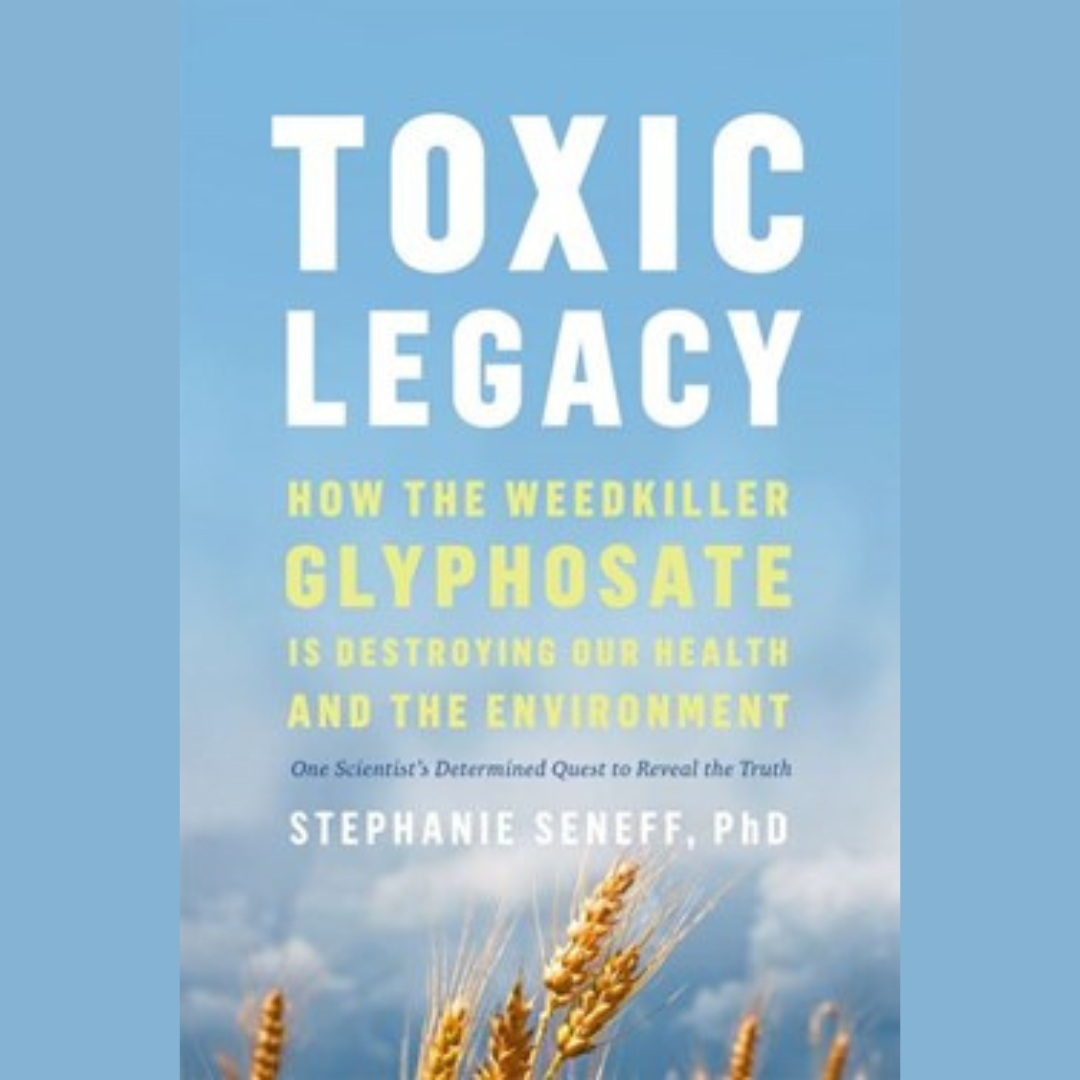

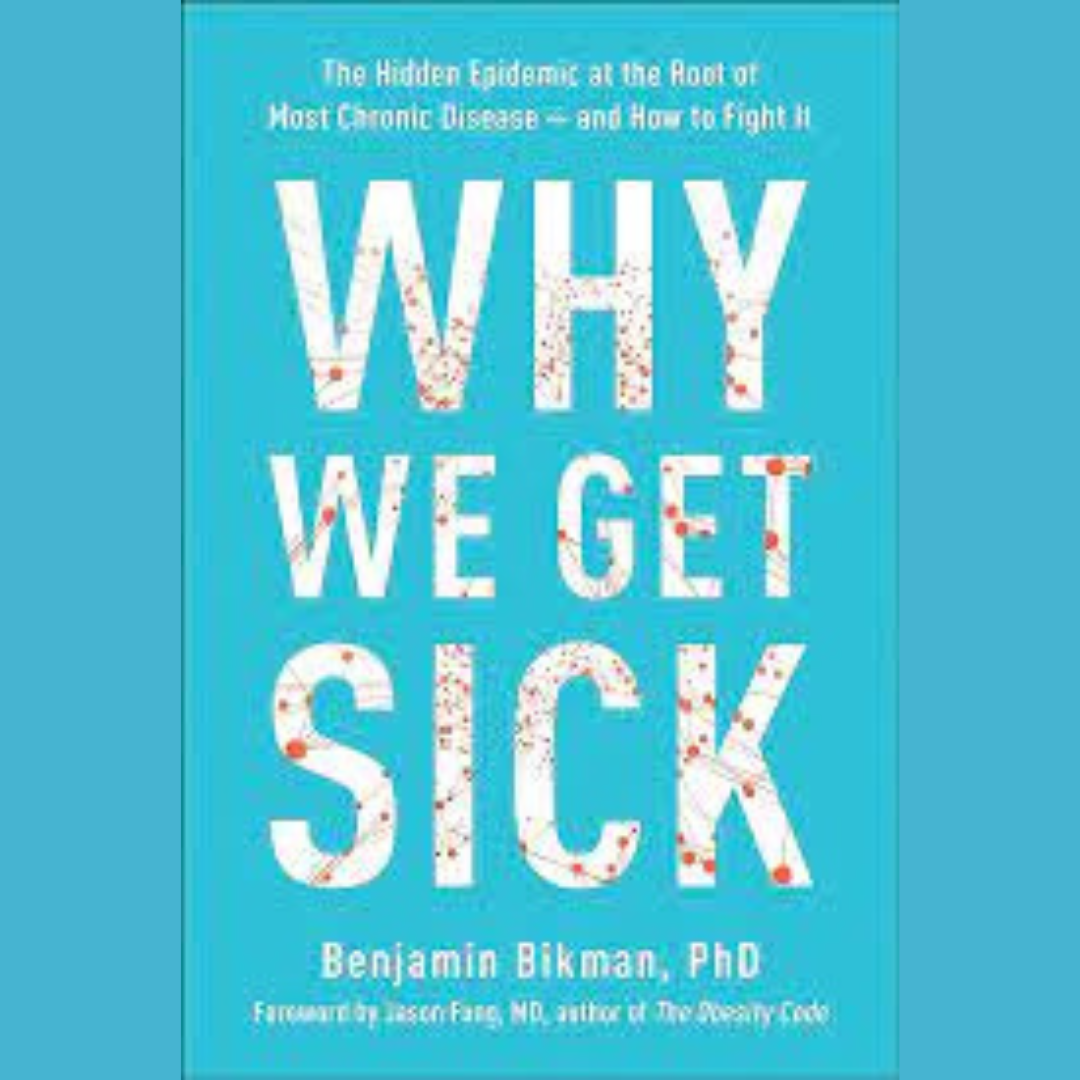

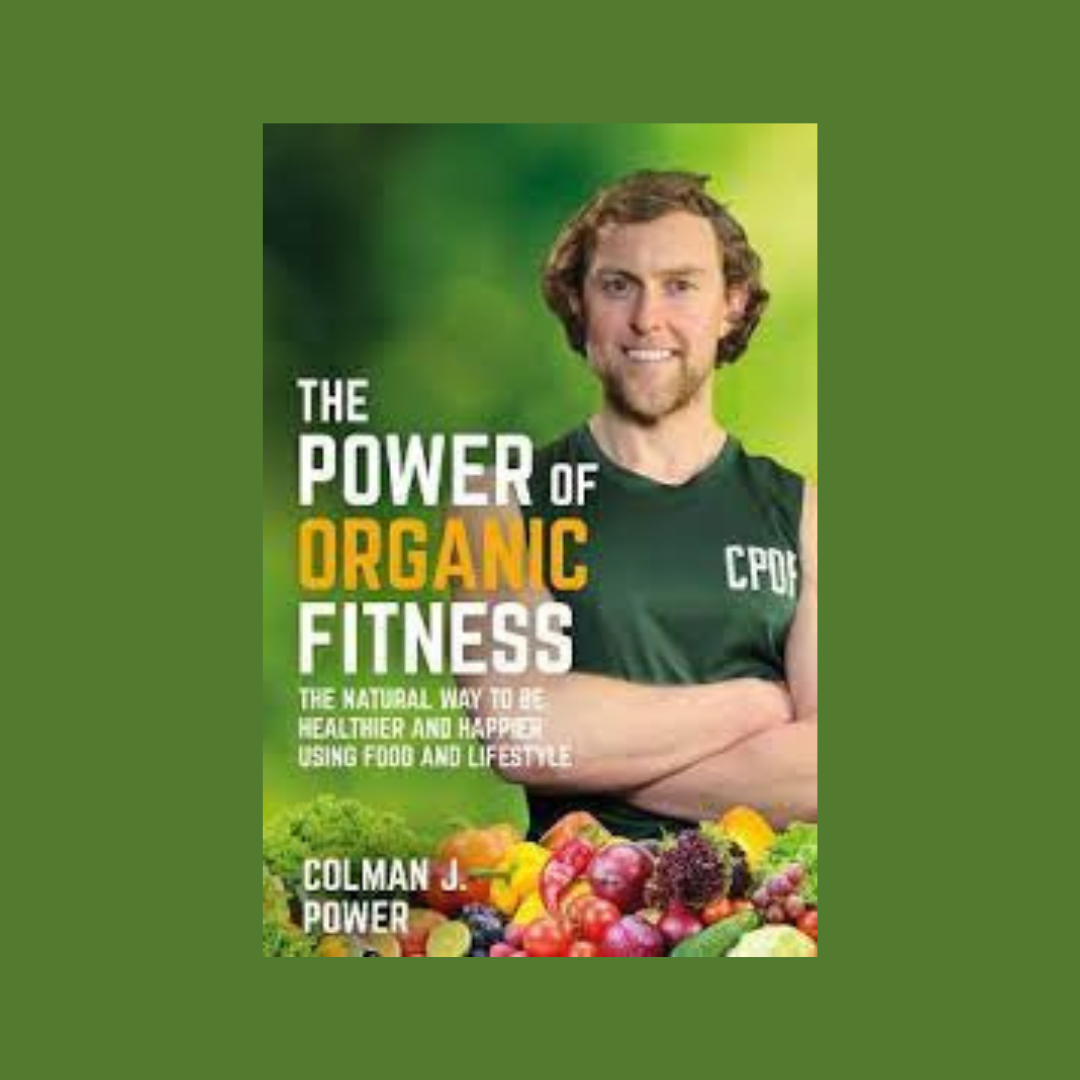
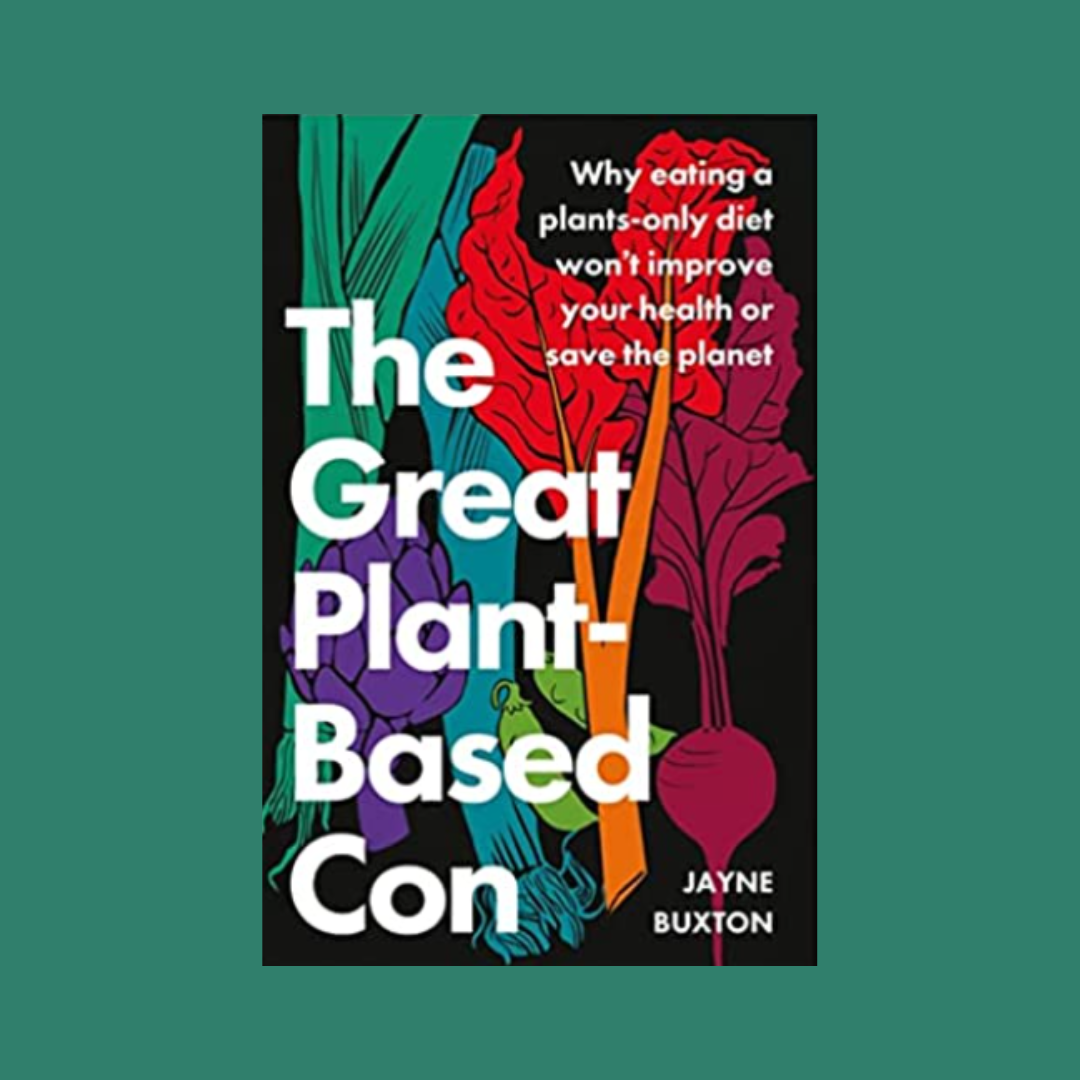
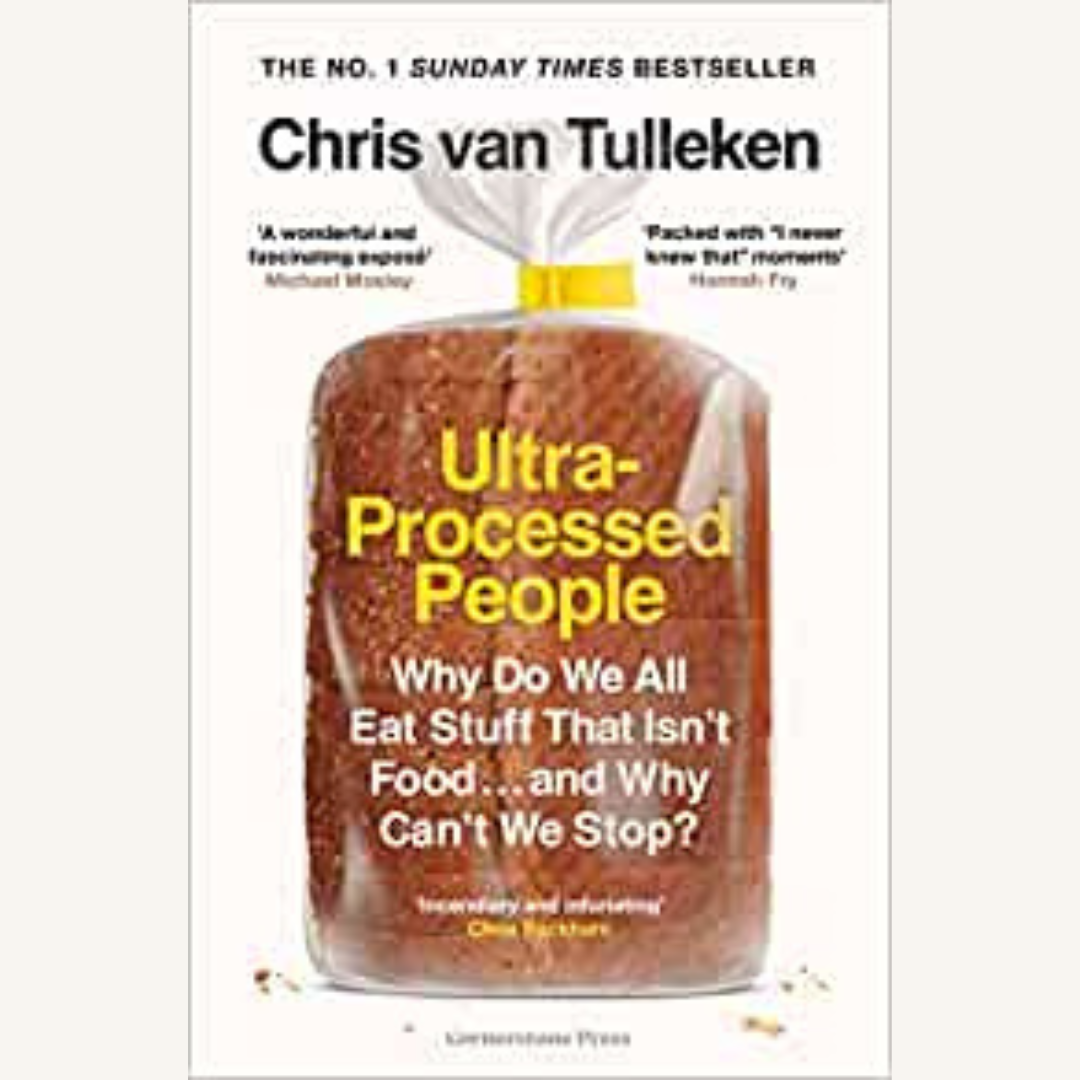
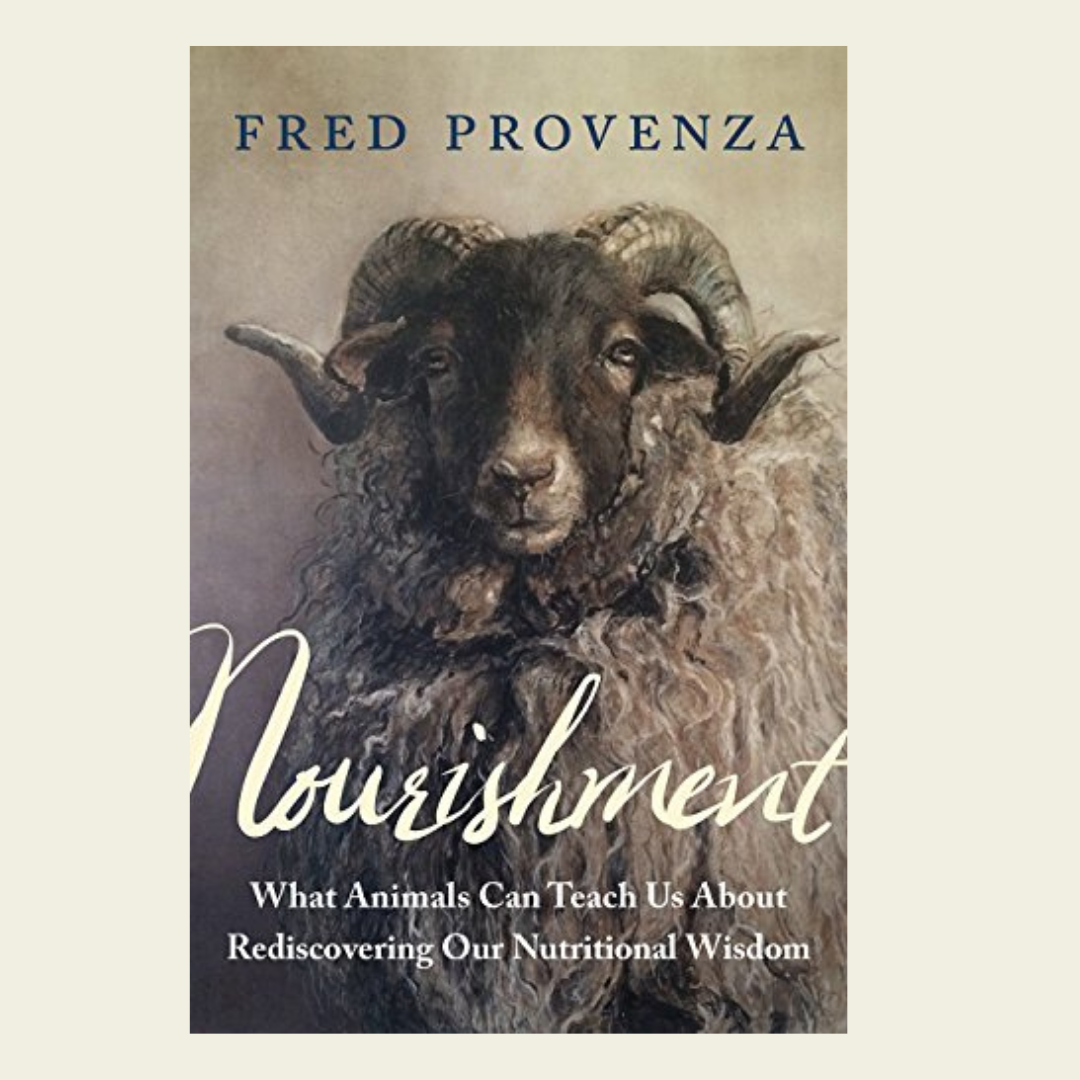
 RSS Feed
RSS Feed